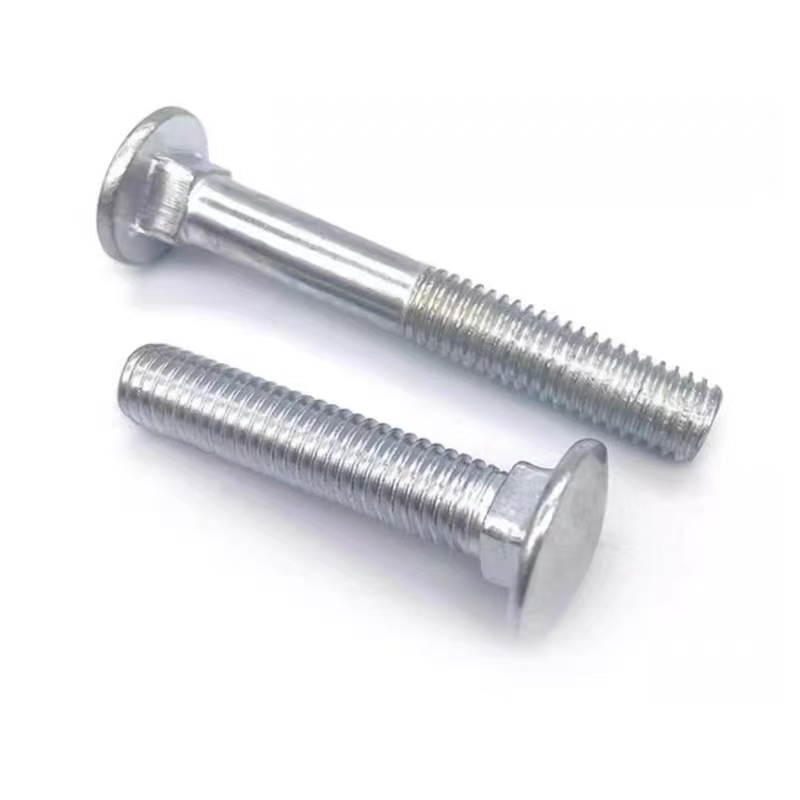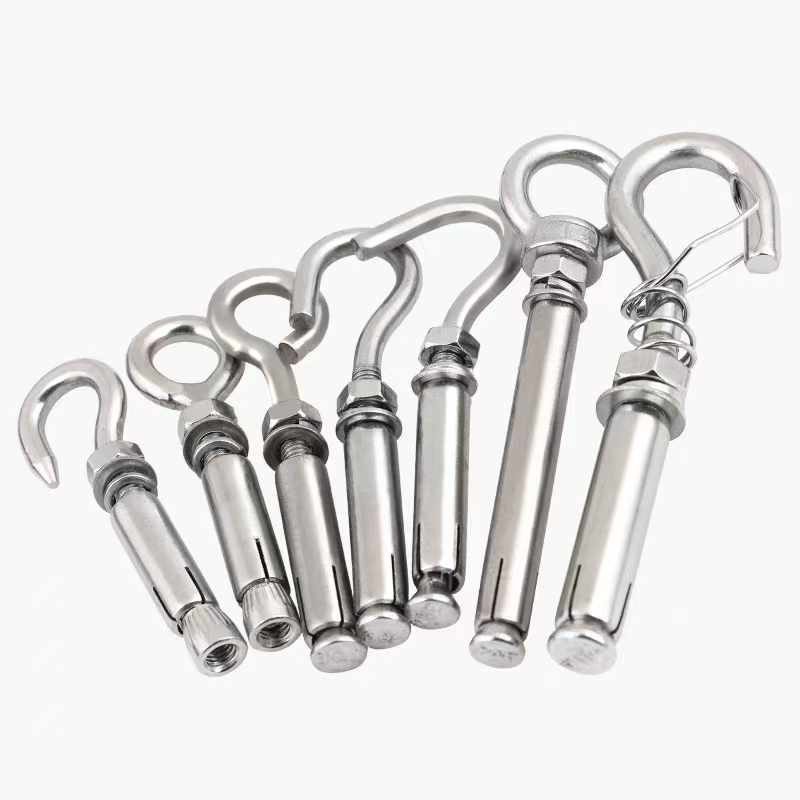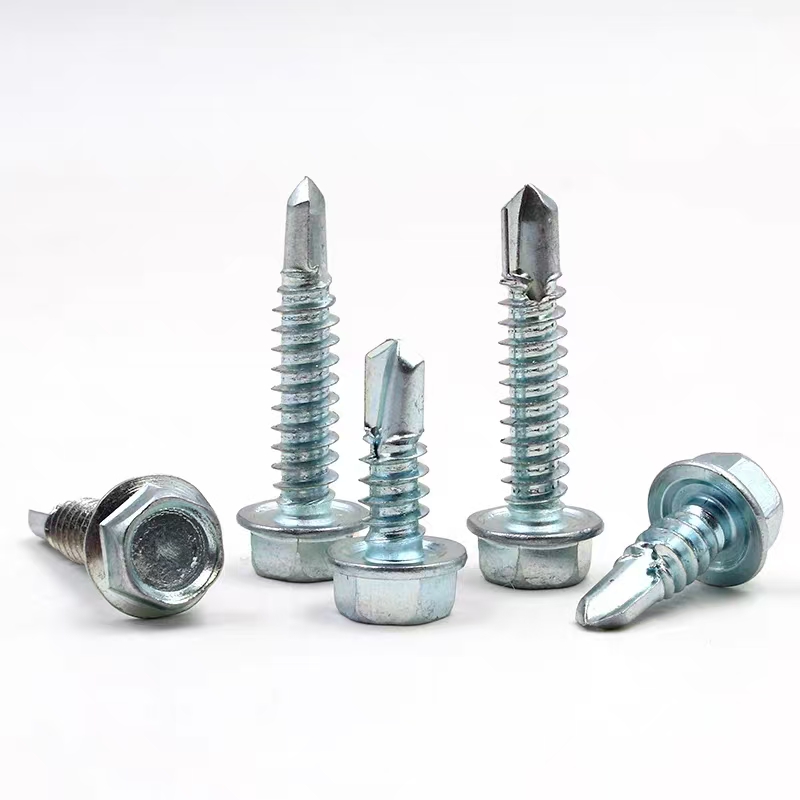- Chinese
- French
- German
- Portuguese
- Spanish
- Russian
- Japanese
- Korean
- Arabic
- Irish
- Greek
- Turkish
- Italian
- Danish
- Romanian
- Indonesian
- Czech
- Afrikaans
- Swedish
- Polish
- Basque
- Catalan
- Esperanto
- Hindi
- Lao
- Albanian
- Amharic
- Armenian
- Azerbaijani
- Belarusian
- Bengali
- Bosnian
- Bulgarian
- Cebuano
- Chichewa
- Corsican
- Croatian
- Dutch
- Estonian
- Filipino
- Finnish
- Frisian
- Galician
- Georgian
- Gujarati
- Haitian
- Hausa
- Hawaiian
- Hebrew
- Hmong
- Hungarian
- Icelandic
- Igbo
- Javanese
- Kannada
- Kazakh
- Khmer
- Kurdish
- Kyrgyz
- Latin
- Latvian
- Lithuanian
- Luxembou..
- Macedonian
- Malagasy
- Malay
- Malayalam
- Maltese
- Maori
- Marathi
- Mongolian
- Burmese
- Nepali
- Norwegian
- Pashto
- Persian
- Punjabi
- Serbian
- Sesotho
- Sinhala
- Slovak
- Slovenian
- Somali
- Samoan
- Scots Gaelic
- Shona
- Sindhi
- Sundanese
- Swahili
- Tajik
- Tamil
- Telugu
- Thai
- Ukrainian
- Urdu
- Uzbek
- Vietnamese
- Welsh
- Xhosa
- Yiddish
- Yoruba
- Zulu
- Kinyarwanda
- Tatar
- Oriya
- Turkmen
- Uyghur

foam gasket
The Hidden Complexity of Foam Gaskets
When we talk about seals and barriers, the term foam gasket often seems straightforward at first glance. In my years in the industry, I’ve seen it all—from clever innovations to baffling misapplications. Let’s dig into what makes these gaskets tick and why they might be trickier than they appear.
The Basics and Common Misunderstandings
At its core, a foam gasket is a compressible sealing solution. You might think it’s just a matter of picking one that fits, but that's where most people go wrong. Early in my career, I underestimated the variety of materials available. From EPDM to neoprene, each type has distinct properties—chemical resistance, temperature tolerance—and getting that wrong can lead to leaks or early failure.
Consider the adhesive backing. A lot of folks assume it’s unnecessary. But in dynamic applications, the adhesive not only holds the gasket in place but also contributes to the overall seal integrity. I remember an instance where ignoring this led to malfunctioning equipment and a very costly repair.
Moreover, the cellular structure of the foam is crucial. Closed-cell foams are watertight, while open-cell variants are breathable. I once worked with a team that swapped the two accidentally. The result? Catastrophic failure in what was supposed to be waterproof equipment.
Practical Application in Industrial Settings
In industrial environments, like those where Handan Zitai Fastener Manufacturing Co., Ltd. operates, the role of foam gaskets is integral. Located in the heart of China’s standard part production hub, the requirements for gaskets here are stringent. I’ve seen how the proximity to key transport routes (per their website, zitaifasteners.com) influences fast turnarounds and demands stringent quality checks.
Foam gaskets are often the unsung heroes in machinery, providing essential barriers against contaminants. In one facility, I observed them being used in conveyor systems. They minimized downtime substantially—a difference of days, in fact—by preventing abrasive particles from entering mechanical components.
Yet, what works in one application might completely fail in another. Just last year, adapting the same type for an HVAC system was a rookie mistake. It took trial and error to figure out that thermal expansion was distorting the gaskets, leading to unanticipated air leaks.
Case Study: Adapting to Moisture-Heavy Environments
Working in moisture-prone environments presents unique challenges. At one site, we opted for closed-cell foam due to its water resistance. However, mold was a problem due to trapped humidity. Iterating with open-cell solutions gradually improved breathability, which effectively mitigated mold growth without compromising the core seal.
Think about flexibility too. Some heavy machinery requires a gasket that can withstand vibration and pressure. It’s not uncommon to reinforce foam with a metallic mesh for added durability, a trick that saved us numerous times when working on large-scale compressors.
Considering longevity, swapping out gaskets just because they ‘looked worn’ was standard protocol. That changed when we realized that some foam materials, although aesthetically worn, maintained their functional properties well beyond the expected lifespan.
The Balance between Cost and Durability
Cost versus durability is usually the first factor in choosing a gasket. Early on, we faced budget cuts and opted for cheaper materials. What a disaster. They couldn’t handle the specifics of our operation, so it’s better to invest in quality materials upfront. The department head at Handan Zitai had a favorite saying: Buy once, cry once.
Reflecting on field experience, I recommend pilot testing. Before you equip an entire line with new gaskets, test them in small batches under actual conditions. At a plant in Hebei, this saved us from potential large-scale failure more than once.
Re-evaluating requirements over time is key. Too often, evolving project specifications go unnoticed until after procurement. Stay agile, adjust materials and design as needs change. It’s something many overlook, but constant recalibration becomes second nature with practice.
Conclusions and Observations
Ultimately, a deep understanding of foam gaskets goes beyond specs and datasheets. It's about knowing your application inside and out. From chemical exposure at facilities like those in Yongnian District—where conditions can be unpredictable—to the day-to-day wear in a bustling production line, staying informed is crucial.
These insights aren’t just theoretical. Much of what I’ve shared stems from hard-earned lessons, both successes and failures. For anyone purchasing or specifying gaskets, it pays to keep an open mind and a keen eye on the details. It’s this approach that consistently delivers reliable, effective sealing solutions.
In the end, whether you’re at Handan Zitai or any other company involved with precision manufacturing, understanding the nuances of your materials will always set you apart. Every gasket might look similar at first glance, but knowing the subtle differences can make all the difference.
Related products
Related products
Best selling products
Best selling products-
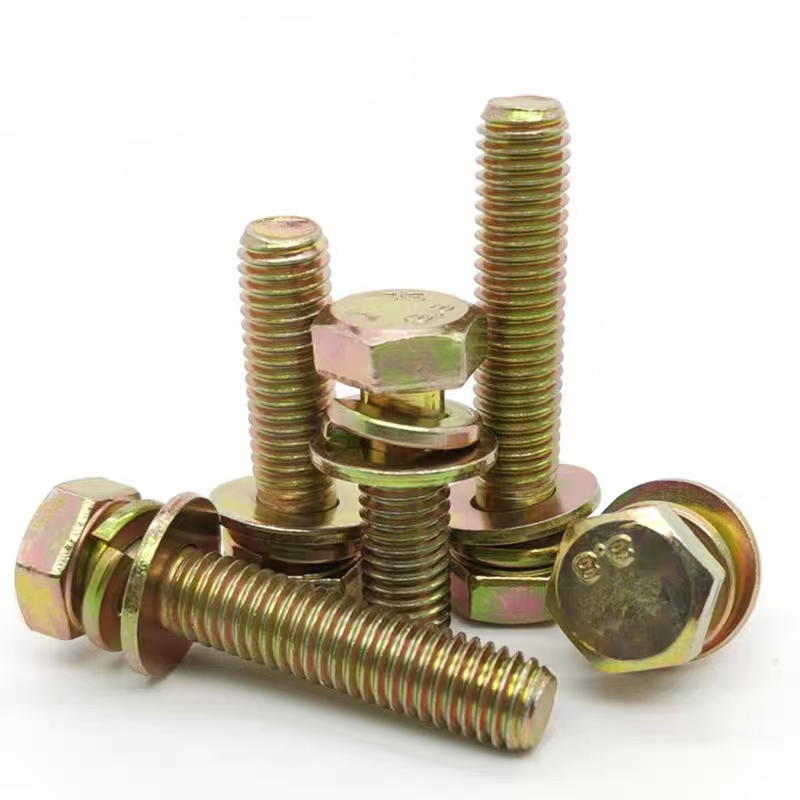 Colored zinc plated hexagonal bolts
Colored zinc plated hexagonal bolts -
 Welding nut (welding nut)
Welding nut (welding nut) -
 Hexagon socket electrogalvanized bolts
Hexagon socket electrogalvanized bolts -
 7-shaped anchors (7-shaped anchor bolts)
7-shaped anchors (7-shaped anchor bolts) -
 Colored zinc-plated expansion hook
Colored zinc-plated expansion hook -
 T-bolt (T-slot bolt)
T-bolt (T-slot bolt) -
 Colored zinc-plated nuts
Colored zinc-plated nuts -
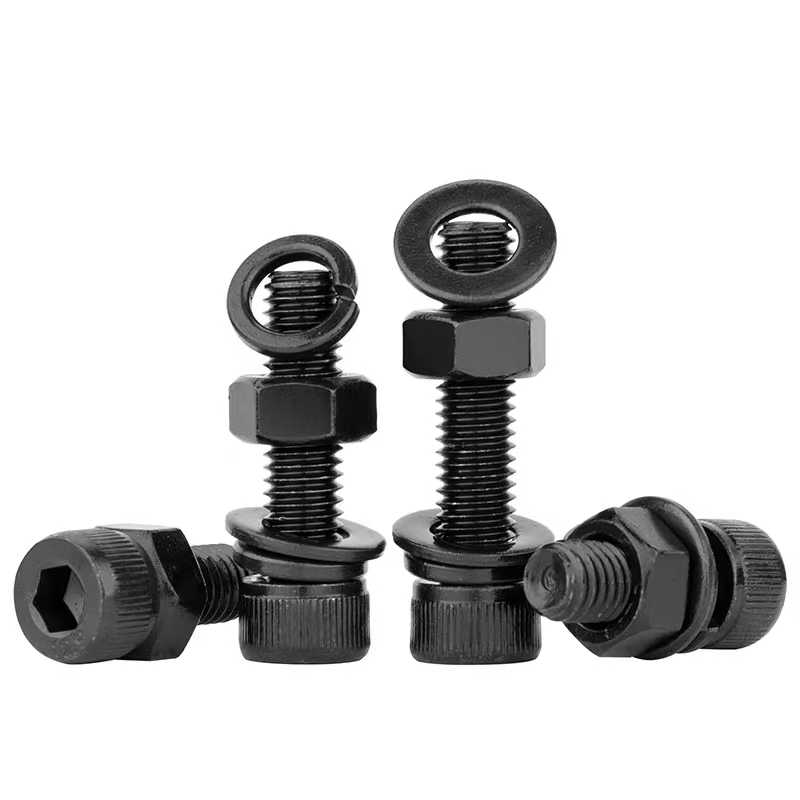 Hexagon socket black zinc-plated bolts
Hexagon socket black zinc-plated bolts -
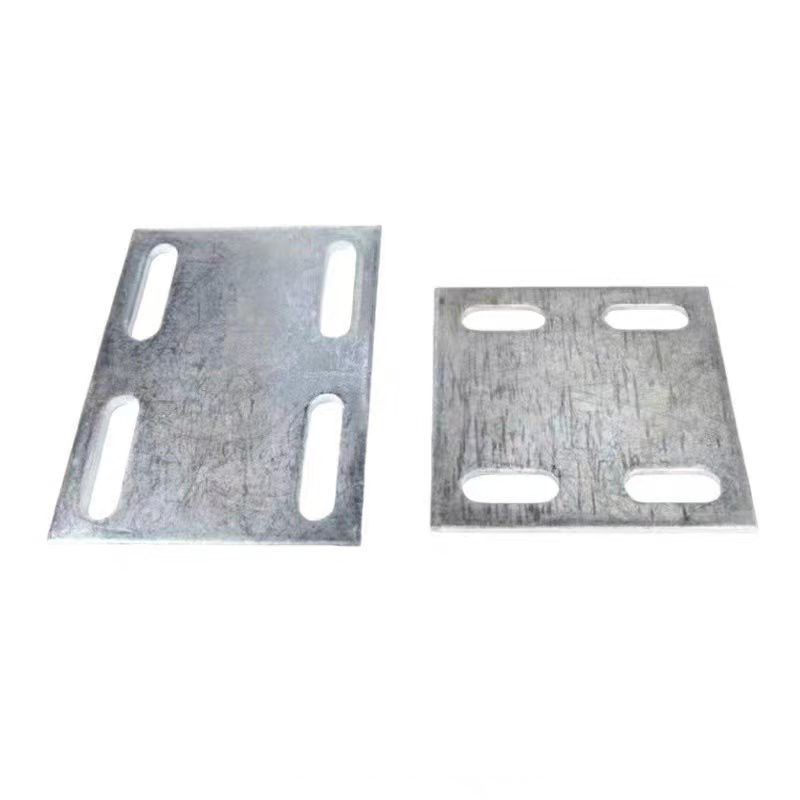 Electrogalvanized embedded plate
Electrogalvanized embedded plate -
 Anti-loosening nut (locking nut)
Anti-loosening nut (locking nut) -
 Black zinc plated hinge bolts
Black zinc plated hinge bolts -
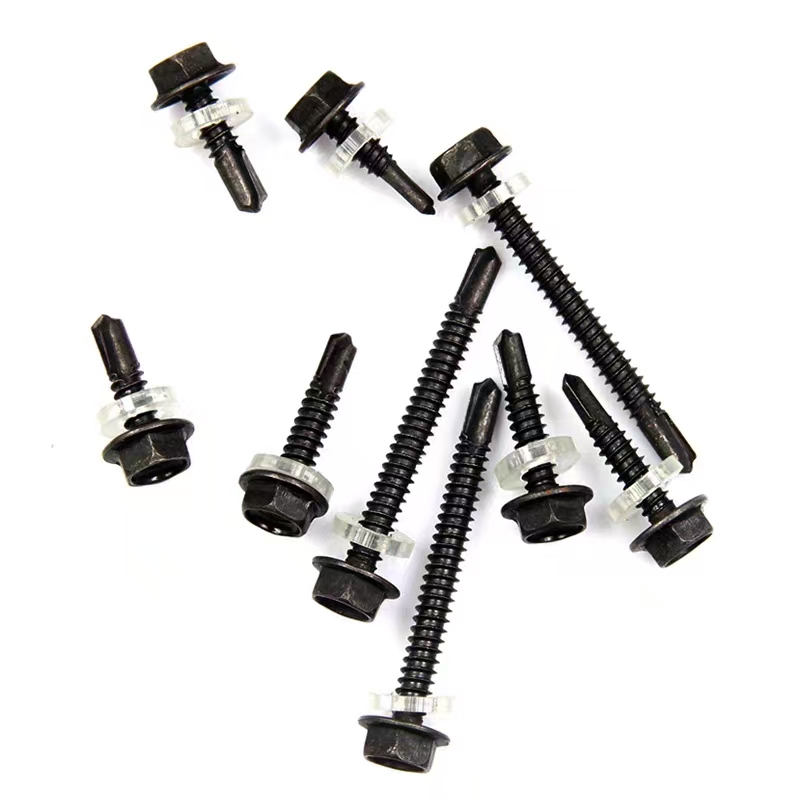 Black zinc-plated hexagonal drill tail wire
Black zinc-plated hexagonal drill tail wire




